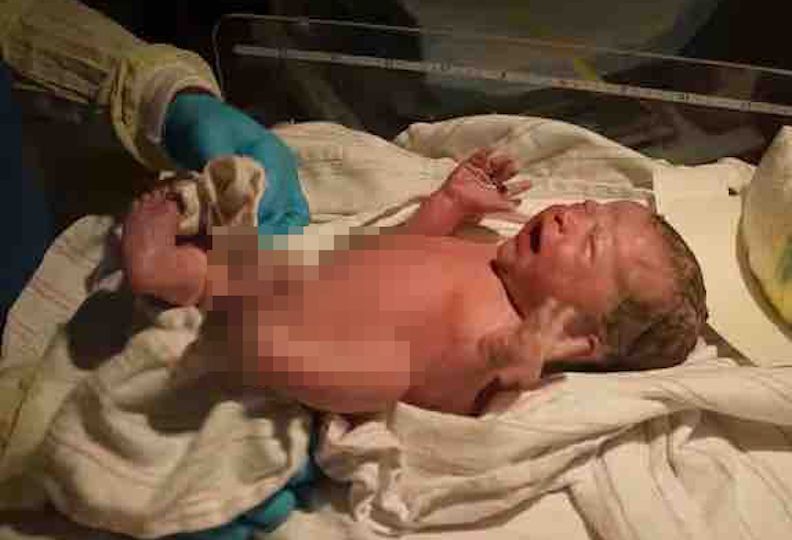According to the doctors, the little boy was reportedly born with three of the same body part. “To the best of our knowledge, this is the first reported case with three p-nises or triphallia,” wrote Dr. Shakir in a study published in the International Journal of Surgery Case. The medical condition came to light after the toddler was taken to the hospital due to a swelling in the scr0tum.
While examining him, doctors noticed that he had a 0.8-inch organ sprouting near the root of his primary p-nis, with another 1-centimeter-long p-nis situated under his scr0tum sack.
Supernumerary p-nises are an extremely rare congenital anomaly that affects one in every 5–6 million live births, according to the study. Further examination revealed that only the child’s main p-nis was functional, as the other two didn’t have a urethra inside, so they decided to remove the two p-nises that were attached to the original p-nis.
The anomaly has definitely left medics puzzles, especially because the baby wasn’t exposed to drugs in the womb, and nor did his family have a history of genetic aberrations.
The Iraqi baby has since then been discharged and didn’t report any issues arising from the operation to remove the two additional phalluses. “Triphallia is an unreported condition in humans until now,” read the report. “Patients with supernumerary p-nises have a unique presentation and no cases are identical. Treatment is difficult because it poses medical, ethical, and cosmetic aspects.”
While this is the first time TriphaIIia has been reported about, there have been earlier mentions of Diphallia—or two p-nises. The first such instance was recorded back in the 1600s, per The Daily Mail. It is estimated one in every six million boys in America is born with the condition. Diphallia is also associated with other ‘abnormalities’, including being born with two scr0tums or an-ses. In most cases, the p-nises are the same size and sit beside each other. In some cases, the smaller p-nis would be located above the larger one.





